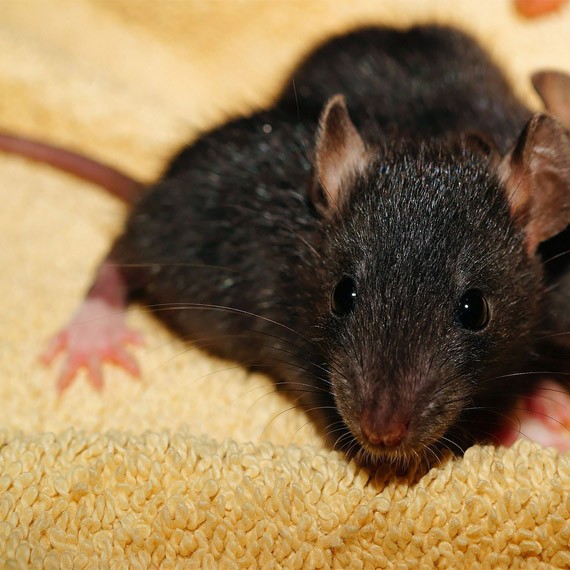


Our current understanding of SCN neurophysiology comes overwhelmingly from electrophysiological recordings on a small number of nocturnal rodent species (mice, rats, and hamsters) ( Colwell, 2011 Belle and Diekman, 2018 Harvey et al., 2020). This excitability landscape within the SCN is reinforced by the appropriate synaptic integration of extrinsic signals, which includes photic information from the retina and behavioral feedback reflecting arousal state ( Belle and Diekman, 2018), endowing plasticity to the circadian timekeeping system ( Michel and Meijer, 2020). Activity of the TTFL drives circadian rhythms in electrical activity, with SCN neurons notably more active during the day (up-state) than at night (down-state). Most, if not all, SCN neurons contain an internal molecular clock that operates on a transcription-translation feedback loop (TTFL) ( Ko and Takahashi, 2006). SCN neurons are electrically and chemically heterogeneous. The mammalian master circadian clock is localized within the hypothalamic suprachiasmatic nucleus (SCN), where nearly 20,000 neurons synchronize their daily activity with the light-dark cycle to orchestrate circadian rhythms in physiology and behavior ( Reppert and Weaver, 2002). Our modeling revealed and subsequent experiments confirmed transient subthreshold A-type potassium channels as the primary determinant of this response, and suggest a key role for this ionic mechanism in optimizing SCN function to accommodate R. pumilio neurons included a prominent suppressive response that is not present in the SCN of nocturnal rodents. pumilio SCN neurons were more excited during daytime hours. Here, we recorded the spontaneous and evoked electrical activity of single SCN neurons in the diurnal rodent Rhabdomys pumilio, and developed cutting-edge data assimilation and mathematical modeling approaches to uncover the underlying ionic mechanisms. Our understanding of the electrophysiological basis of SCN activity comes overwhelmingly from a small number of nocturnal rodent species, and the extent to which these are retained in day-active animals remains unclear. Circadian rhythms in mammals are orchestrated by a central clock within the suprachiasmatic nuclei (SCN).


 0 kommentar(er)
0 kommentar(er)
